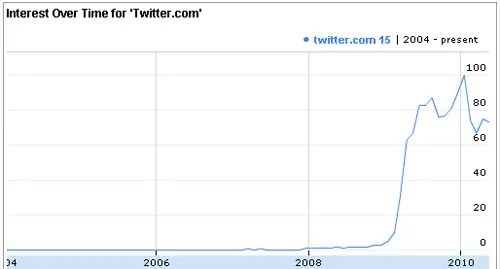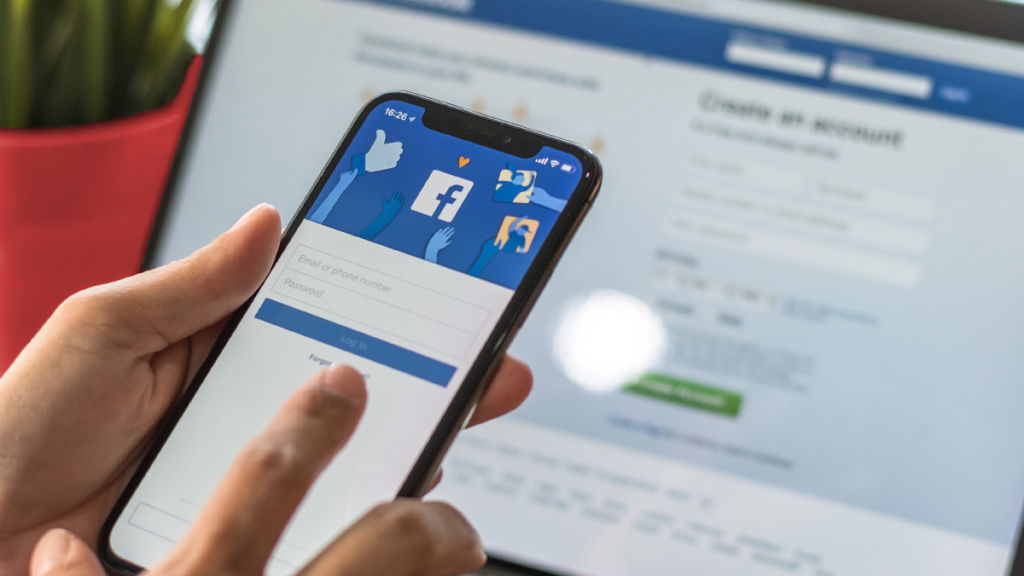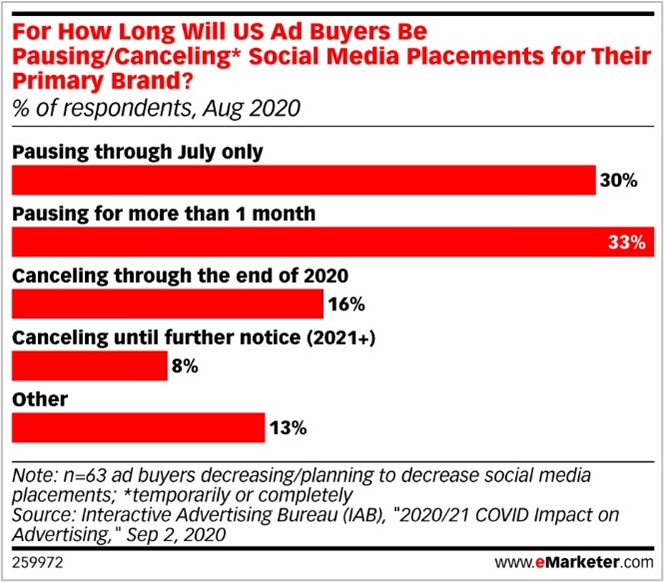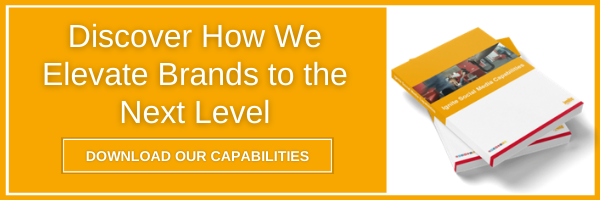
23 Nov Tips for Social Media Advertising this Holiday Season
This past year many marketers struggled with their social media advertising efforts. From the pandemic to the election to the upcoming holiday season, CPMs have been largely unpredictable.

In an effort to help brand marketers gear up for the final push of 2020, our team at Ignite Social Media has prepared the following breakdown of the social media ad buying space, tips for the upcoming holidays, and answers to top questions marketers have about the social media buying landscape.
State of Paid Media Buying in 2020
2020 was a unique year for social media marketing, but the state of social ad buying specifically had some interesting points we want to address. This year we saw brands face challenges with the Facebook Boycott, presidential election, and the most obvious of all, COVID-19. Brands during these times were pausing ads due to anticipated cost increases or in an effort to avoid ads showing up next to political content or social justice-related content.
Our paid media team at Ignite Social Media met every single day in the earlier months of the pandemic to evaluate the social landscape for each client (and again once the election season picked up!) – we had to discuss if ad needed to stay paused, if ad creative and messaging needed to be adjusted, should the brand only publish organic content, etc. In our 13+ years as an agency, we’ve never seen this type of real-time evaluation required over such an extensive period of time, but it was essential this year in order to keep all of our clients safe.
eMarketer shared this report from IAB earlier this year (August 2020) that surveyed marketers on how long they planned to pause/cancel social media placements for their brands. While the majority planned to pause for more than 1 month (33%), 16% of brands canceled their social media placements for the entire year, and 8% canceled until further notice.
Despite these brands canceling or pausing ads, we’re expecting to see increases in ad spending next year. eMarketer predicts a 21% increase in spending for 2021 ($48.94 billion). The networks as well are predicting an increase in ad revenue, with Facebook and Instagram taking the obvious lead-in investments, but other networks are continuing to see a steady increase year-over-year. And if you’re curious as to which type of content is the most effective, we’re seeing increased investments in video content across social, with a 21% increase in video ad spending projected for 2021.

5 Social Media Advertising Tips Heading into the Holidays
Expect to pay more in Q4. Consider running ads in “Q5” as costs are lower after December 25th – beginning of January.
The holiday season is known for driving up advertising costs across social media, but after December 25th, we typically see these nosedive. If you have a limited ad budget or messaging that isn’t holiday related, we advise you to take advantage of the post-holiday season to get the biggest bang for your buck.
Monitor regularly and avoid unnecessary optimizations during the learning phase for the most efficiency.
This tip is specific to Facebook and Instagram ads, but keep an eye on if your ads are in the learning phase or not. It’s during this time that Facebook is learning the best people to target, what creative is working the best, the most ideal time to reach the target audience, and more. Costs are also usually higher while your ads are in the learning phase, so your goal should be to get out of it. To exit the learning phase, try not to make modifications (adding content, adjusting placements, adding budget).
Not sure if you’re in the learning phase? Check the “delivery” column in your business manager and it should either say “active” or “learning phase”. If it says “active”, you’re in the clear.
Test different ad units and price-related content (e.g., % off v $ off) for clear winners.
Engaging content types such as video, canvas ads, carousel ads, or Stories are a great way to break through to audiences. Also, take the time to look at your messaging and consider testing different variations (leveraging A/B testing on your platforms). This holiday season, price-related messaging and different offers are going to be very enticing as people look to save on their holiday spending. By testing out your messages you can quickly optimize for those offers that get more traction.
Use traditional high-performing audiences like custom or lookalike. Leverage the pixel to re-target users who’ve expressed interest in your brand.
Leverage what you know has already worked well for your brand. If you have custom audiences set up or lookalike audiences that have traditionally performed well continue to use those. Also, consider setting up custom audiences with customer lists and audience retargeting from your website/social channels. We find custom audiences are best for lower-funnel campaigns, and lookalikes are great for upper-funnel activities.
Create a seamless user experience by driving to relevant pages – and make sure all conversion-related links work perfectly.
You want to give your audience an ideal purchasing experience. They’re more likely to drop off if they encounter a roadblock of any sort. So, make sure your links work, that audiences are able to “check out as a guest” if possible, and don’t force them to purchase from the social networks only (as some people still don’t feel comfortable entering their credit card info on social media).
If you’re leveraging a pixel of any sort, like the Facebook pixel, you can see the different conversion events across the path to purchase (landing page views, add to cart, purchases, etc.). This is where you’ll be able to see if there’s any significant drop off at any stage in the journey.
Real Questions and Answers Regarding Social Media Advertising
How do Paid and Organic Complement Each Other?
Back in 2008, social media started to boom. It was at this time that every brand’s priority was gaining fans/followers, and the options to be able to buy these fan/followers emerged so that the networks could then make money. Then, when 2011-2014 came along, brands were able to publish organic content to their pages and generate anywhere from a 14-28% organic reach with their audience. However, organic reach steadily eroded over time and brands are seeing under 1% organic reach from their content today. Now, it’s a pay to play world.
Organic is important because it showcases your brand; your brand voice, key messaging and story arcs, and provides valuable engagement opportunities with your active audience. You usually can’t get this type of engagement in other digital spaces.
Look at paid media as an asset that can assist your organic efforts. Organic content can’t do everything but paid acts as “dark content” that can help you accomplish a specific objective or reach a specific audience.
How Do You Determine a Healthy Social Media Advertising Campaign Budget?
It depends on a variety of factors:
- Campaign Goal: Generally lower-funnel campaigns require less funds than upper-funnel.
- Timing: How long are you planning to run your campaign for? A short campaign may not need an extensive budget, but if you’re running the program for a long period of time, consider a larger investment. Also look at how your budget is pacing. If you’re daily budget is maxing out early in the day, consider adding more funds to your investment in order to have a longer-lasting reach against your audience.
- Audience Size: A custom list might only have 1,000 matches and requires a smaller investment, but interest-targeting campaigns could amass millions of potential prospects and require a higher investment.
Is Paid Social Media Worthwhile for Small Business Selling to B2B Audiences?
The short answer is yes. More importantly, now more than ever (this wasn’t always the case). The key is testing and learning as you go. There’s no secret sauce for B2B all up. We found it took some time for us to find the right recipe for LinkedIn, but after lots of testing, we found that goal. It’s also quite expensive, which can deter some brands from investing.
We advise you to be very clear about setting your expectations. It’s unlikely you’re going to see drastic sales year-over-year, but these ads are a great way to drive awareness or generate leads that you can continue to nurture through other forms of marketing.
Facebook can be very difficult for B2B because you can’t accurately reach people by job titles like you once were able to. It’s also unlikely that people are using their company email with their Facebook account, so you’re out of luck on trying to create a matched list. Twitter also removed their third-party targeting capabilities, so it’s not an ideal network for B2B either.
Reddit, however, is an avenue that many B2B marketers should consider, as 95% of bands that use Reddit use paid ads on the platform. They have some great established communities (especially tech-related communities) that focus on specific topics. It’s a very easy-to-use, self-serve platform, and their support services are very quick and helpful.
What are Best Practices for Running Ads for Different Store Locations Across a Region?
Facebook allows you to set up a store page structure where you have a main brand page and then individual pages for store locations. In this format, content that lives on the main page can easily trickle down to the location pages, or the location pages can post custom content that’s specific to that location. If this is set up, you can use a “store traffic” ad objective through the business manager, which provides you with a variety of benefits, such as leveraging dynamic ads that pull in custom information from each store, the location card that shows the users the closest location to their proximity, and geographic location targeting.
Alternatively (since the above is a very time-consuming approach) you could instead run ads from the primary page and leverage a location-focused approach with a reach objective and geotargeting.
Click-to-call ads recently returned to ad accounts and are another option that brands can leverage to direct audiences to a customer service line or a specific location.
What is the Best Way to Break Through the Clutter this Holiday Season with Ads?
Mobile-first video is an excellent asset to leverage. We talked about video ad investments increasing and this is where you can leverage it best. Be mindful of your ads though – keep them less than 15 seconds and use the first few seconds to capture your audience’s attention (for example, address those offers right at the start). Also, consider optimizing your video for “sound-off” since so many people are playing videos without sound.
Story ads are also very popular and provide you with lots of space for your messaging. Facebook even has a template tool you can leverage to create visually appealing story content. Typically we tell people to avoid “templates”, but in this case, Facebook has a nice simple recipe you can successfully leverage.
Lastly, carousel ad formats can provide your brand with an opportunity to leverage multiple CTAs and creative. For example, using one image and cutting it across different carousel cards can entice users to engage with your ad for longer.
When it comes to ad placements and targeting, having multiple placements gives your brand the advantage and should produce cost-efficiency. We recommend using 4+ placements and making sure your creative and copy is optimized for each placement.
How Many Ads Should Be Boosted Per Month or Per Year?
This heavily relies on the amount of budget you’ve set aside for social media advertising. If you have tons of ads but a small budget, it’s unlikely all of your ads are going to produce ideal results. So if you have a smaller budget, focus on running fewer, engaging ads that your audience is more likely going to see and engage with.
How Does Your Organic Social Team and Paid Media Team Work Together at Ignite Social Media?
Our teams work VERY collaboratively together and interact daily. It’s part of the key to our success. Since organic content, more often than not, has paid media behind it (as we discussed earlier), the organic content needs to fit the objective of what the paid placement is intended to do. If the paid media team sees an asset that doesn’t align with the paid media programming, we’ll work together to adjust the asset and ensure it cohesively aligns.
Over the history of marketing, there’s always been a discussion on if people should combine paid media teams and creative teams. You see agencies that focus only on paid media and agencies that focus only on creative. Even if there are different teams working on it, that collaboration is 100% essential to the overall brand success.
If you have any additional questions while working through your social media advertising strategy, contact our team today to get some answers. Our staff has developed and executed over 100 award-winning social strategies and would love to help ignite your brand. Also, keep yourself up to date on the latest in social media by subscribing to our e-newsletter, Social You Should Know.
Subscribe to Social You Should Know








